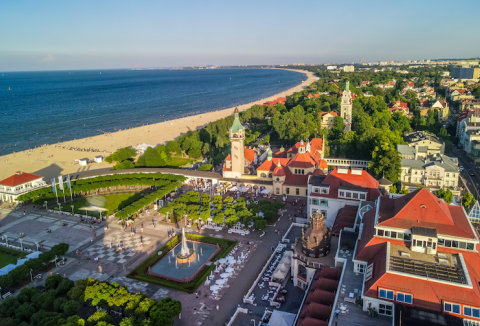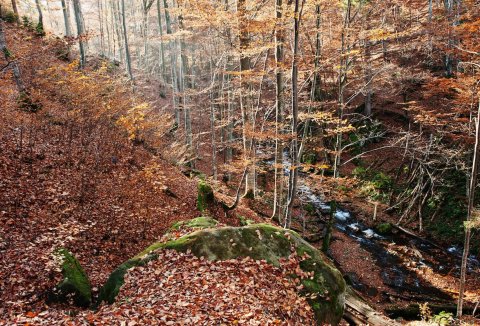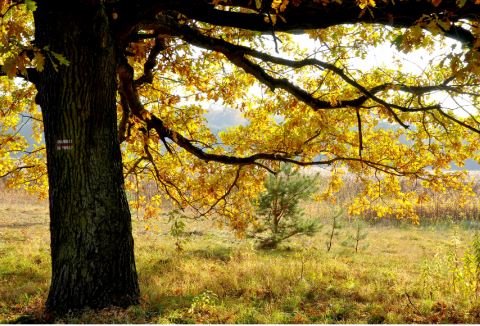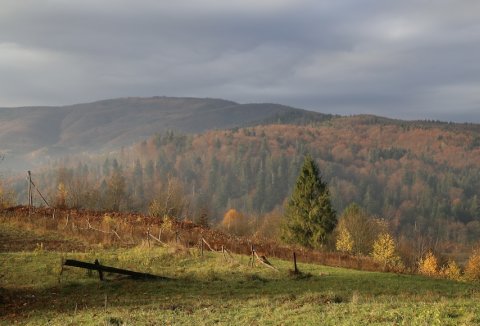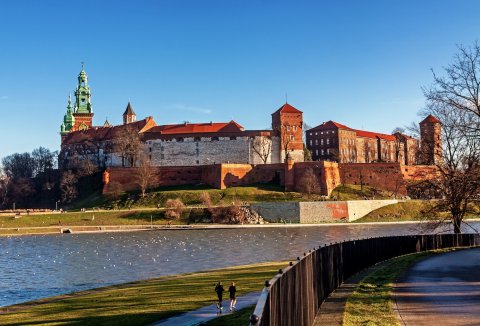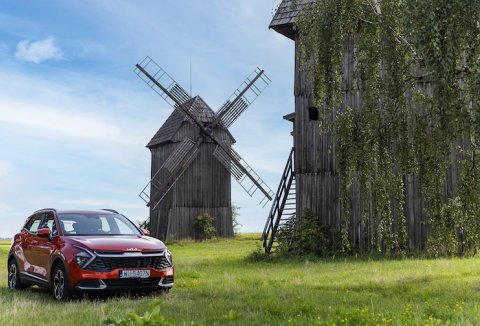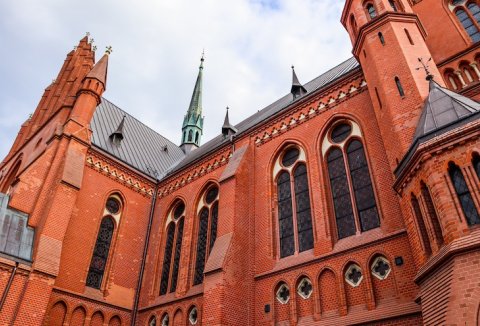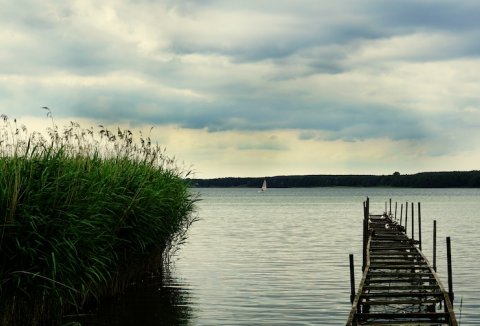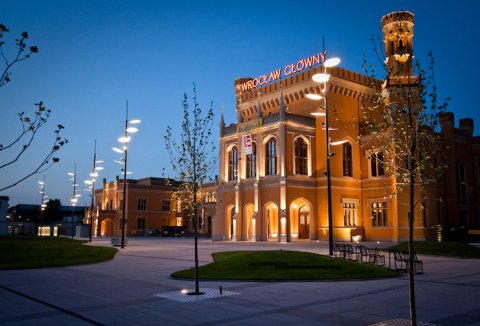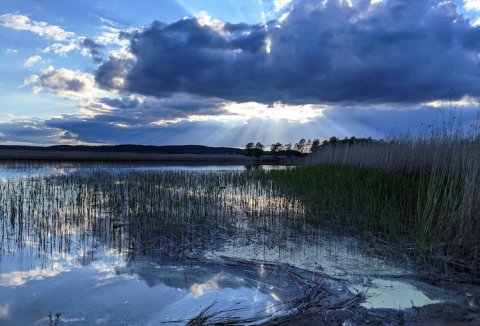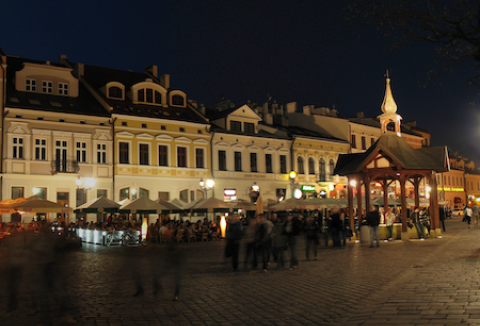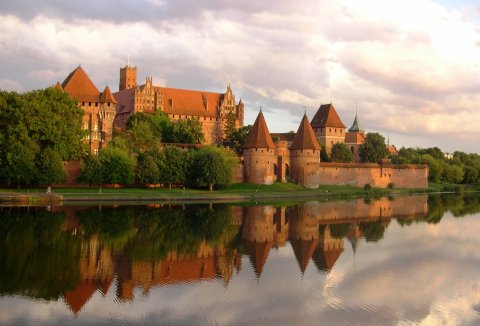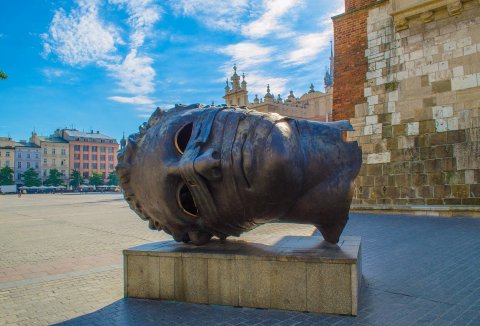Hidden gems of Lower Silesia - 5 places you must see this autumn!
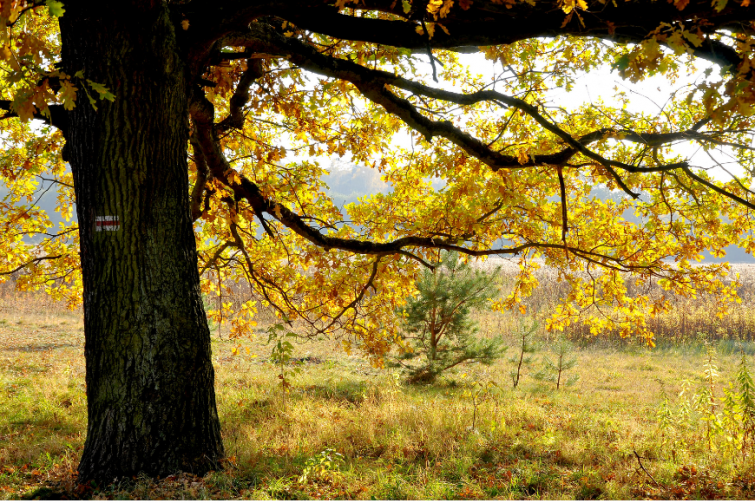
Lower Silesia is famous for its diversity - from the majestic Karkonosze Mountains, through picturesque valleys, to mysterious underground - there is something for everyone. It is an ideal place for lovers of nature, hiking, but also for those looking for architectural monuments and traces of the past. Every visit here is a journey through time and space, which allows you to feel the spirit of history and nature.
Autumn is a special time to visit Lower Silesia - nature paints the landscapes in warm shades of gold, red and orange. Walking through the Lower Silesian forests and parks, you can feel the magic of this time of year, when leaves rustle under your feet and the air is filled with the freshness and fragrance of trees. It is an ideal time for hiking, cycling and relaxing in the surroundings of nature, which fully reveals its most beautiful colours.
This autumn, however, the presence of tourists in the region is even more welcome. The September floods that hit Lower Silesia have had a significant impact on local businesses, especially those operating in the tourism sector. By visiting the region now, you have the chance not only to discover its autumn beauty, but also to support the local tourism industry, which is struggling.
Ready for an expedition that combines pleasure with utility? Here are 5 of the region's attractions that we recommend to you this autumn.
Colourful Lakes in the Rudawy Janowickie Mountains
Kolorowe Jeziorka (Colourful Lakes) are a unique attraction in Lower Silesia, located in the Rudawy Landscape Park, near the village of Wieściszowice. They were created by flooding former pyrite pits, which were exploited from the 18th century until the early 20th century. The water in the lakes takes on a variety of colours thanks to chemical compounds present in the soil and rocks: the purple lake owes its colour to iron compounds, the yellow one to sulphur, and the blue one to copper. Thanks to their unique beauty, these lakes were named one of the new Seven Wonders of Poland by National Geographic Traveler in 2011.
The route through the Colourful Lakes starts in the village of Wieściszowice and leads through four picturesque bodies of water, offering extraordinary views of the surrounding mountains and numerous information points on the local mining history and ecosystem. The entire route is easy to follow and approximately 4 km long, making it a perfect destination for a day trip for families and nature lovers. For those who wish to continue the hike, there is the option of reaching the summit of Wielka Kopa, which offers beautiful views of the surrounding area.
Srebrna Góra Fortress
The Srebrna Góra Fortress is the largest mountain fortification in Europe, built in 1765-1777 by order of King Frederick II the Great of Prussia. It was intended to serve as a strategic fortification of the Silesian borders and was one of the most modern facilities of its kind in Europe at the time. Its construction was a monumental undertaking, involving some 4,000 workers, and the entire structure covers as much as 100 hectares, spreading over two hills - Forteczna Góra and Ostrog. The fortress was designed to accommodate up to 5,000 soldiers and withstand a three-month siege thanks to its infrastructure, including warehouses, bakeries, wells and kitchens.
Today, the Silver Mountain Fortress is a living museum, offering guided tours with a guide who, dressed in historical uniform, recounts the ins and outs of fortress defence and the daily lives of the soldiers. The tour leads through bombproof interiors, casemates and deep dry moats, allowing you to feel the spirit of 18th-century history. The fortress also organises night tours, black-powder gun firing demonstrations and various themed events.
The Underground Town of Osówka
The Osówka Underground Town is one of the most interesting elements of the mysterious ‘Riese’ project, carried out by the Germans during World War II in the Owl Mountains. The complex consists of rock-cut tunnels, halls and bunkers that were to serve as quarters or armament factories. Construction of Osowka began in 1943, and prisoners from the Gross-Rosen camp and forced labourers were used for the work. Conditions were extremely difficult and work continued until the last days of the war - despite this, the complex was never completed. To this day, the purpose of the underground remains a mystery, with theories ranging from secret laboratories to weapons storage facilities.
Osowka offers tours along several routes, including a historical tour and an extreme tour, which allow visitors to visit the impressive halls and narrow corridors. The tour is complemented by state-of-the-art multimedia and holograms that provide an insight into the lives of the prisoners and the history of the construction of the complex. On the surface, there are additional attractions such as the foundations of the ‘Casino’ and the ‘Gym’ and bunkers that bear witness to the site's past.
The Skull Chapel in Czermna
The Skull Chapel in Czermna, a district of Kudowa-Zdrój, is a unique sacred monument and one of only three such buildings in Europe. It was built in 1776 by a priest, Wacław Tomaszek, who initiated the collection of bones and skulls of victims of epidemics, Silesian wars and the Thirty Years' War. The chapel serves as an ossuary and its interior is covered with intricately arranged skulls and bones - some 3,000 remains on the walls and ceiling and another 21,000-30,000 hidden under the basement floor. The site is a reminder of the transience and impermanence of life, while also being a symbol of the history and tragedy of the area.
The chapel can only be visited with a guide, allowing visitors to learn more about its history and understand its symbolism. The tour lasts about 15 minutes and there is an entrance fee. Due to the nature of the building, it is suggested that people under the age of 12 do not take part in the tour. The chapel is open from Tuesday to Sunday, with hours of operation varying according to the season. There are car parks in the area, both paid and free at the parish cemetery.
Snieżnik lookout tower
Opened in September 2022, the Snieznik lookout tower is a modern 34-metre-high structure built of metal, glass and stone. It stood on the site of an earlier tower from the 19th century, which was destroyed in 1973. The new tower is named the Polish-Czech Solidarity Tower and is a popular tourist spot, offering panoramic views of the Eastern Sudetes, including the Table Mountains, the Owl Mountains and - in good weather - the Giant Mountains. The tower is accessible free of charge 24 hours a day and its observation deck, at a height of nearly 30 metres, accommodates 75 people at a time.
Measuring 1,423 metres above sea level, Śnieżnik is the highest peak of the Śnieżnik Massif and offers scenic hiking trails leading through diverse mountain landscapes and protected plant species in the ‘Śnieżnik Kłodzki’ nature reserve. The hike to the summit is a popular choice in both summer and autumn, when the mountains take on golden colours. The tower is an ideal place to admire sunrises, which attracts many tourists seeking unforgettable views.
